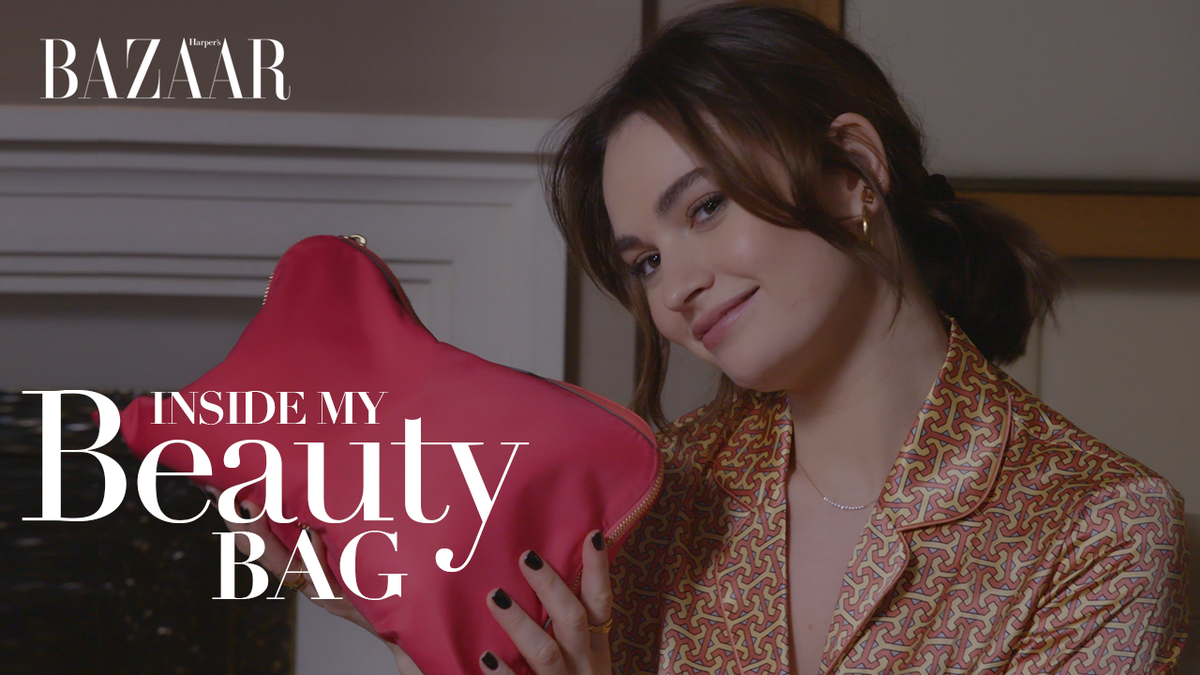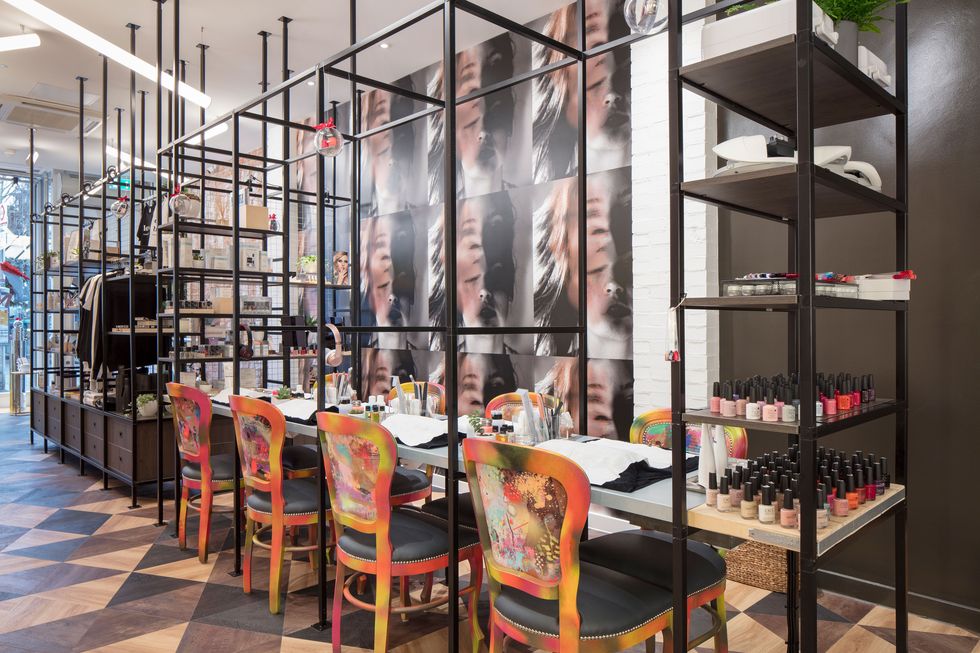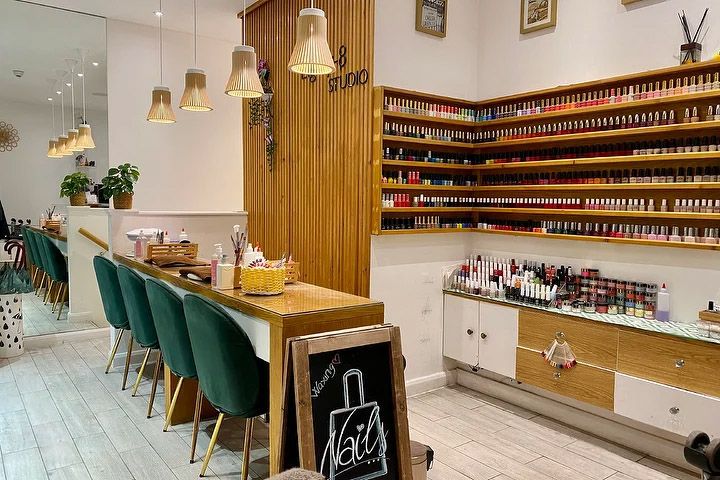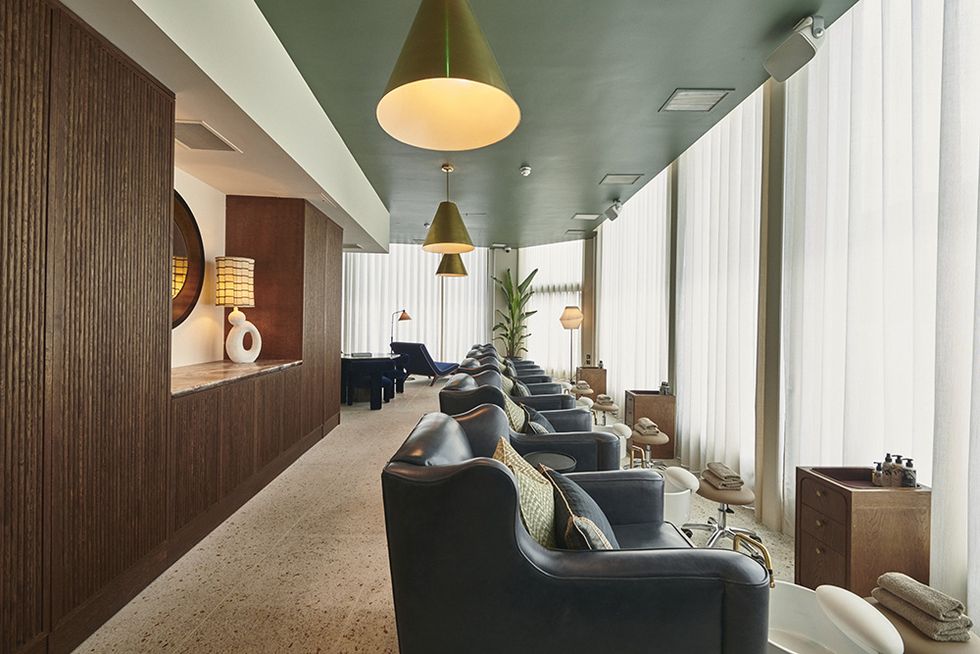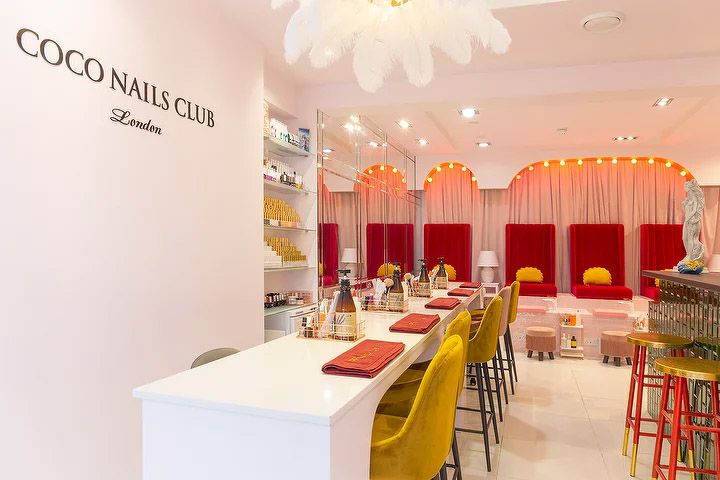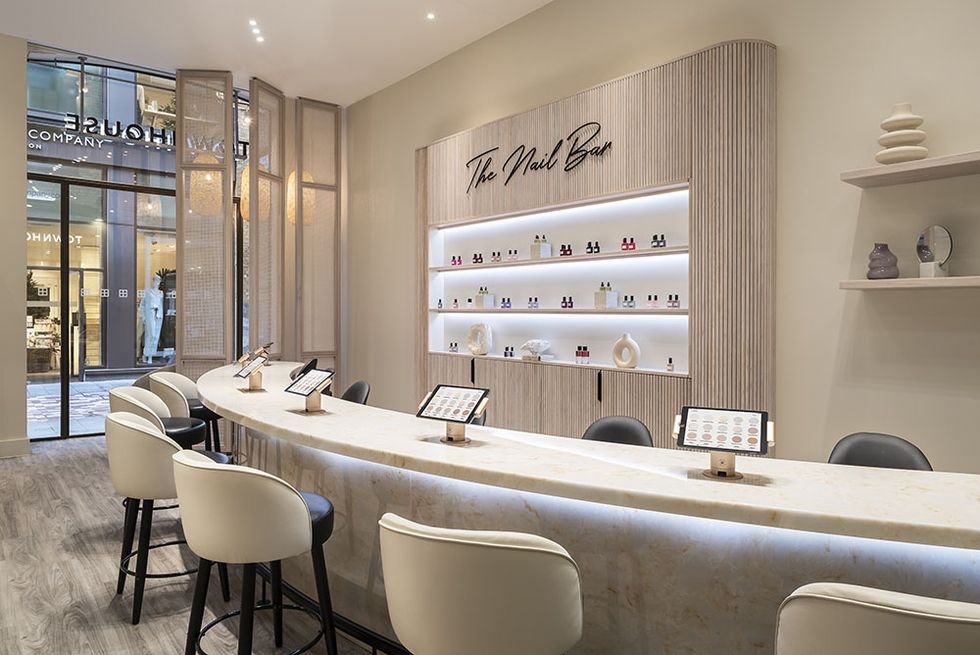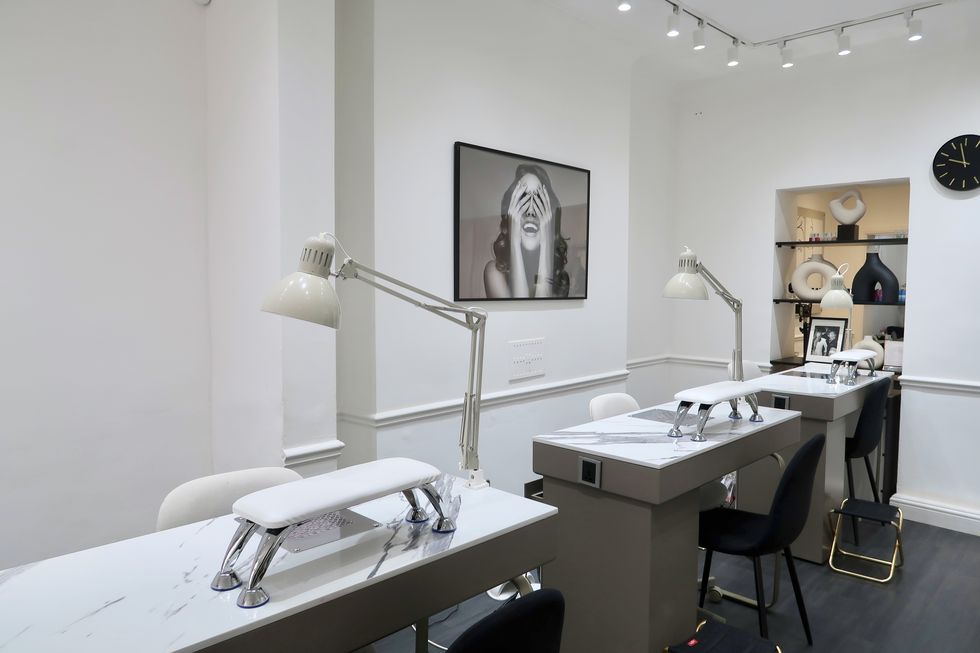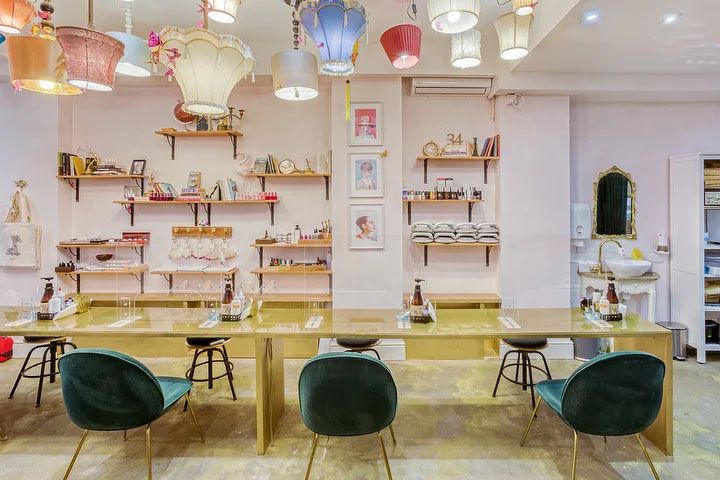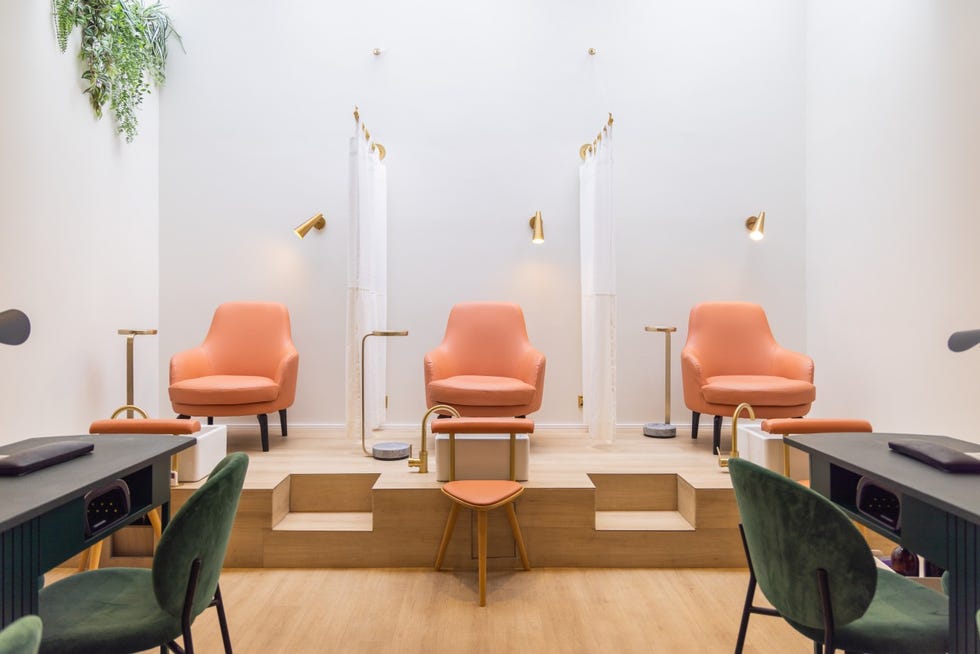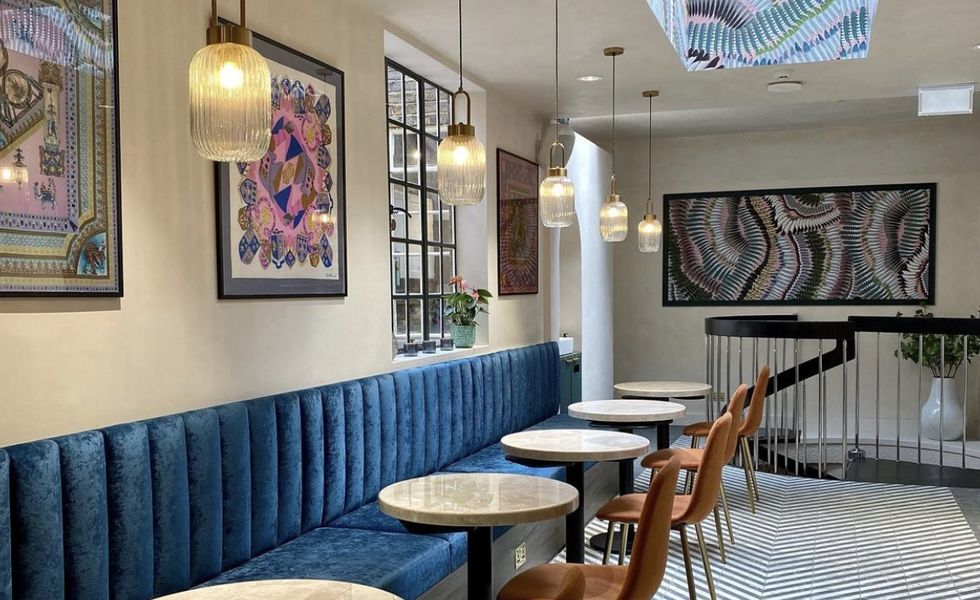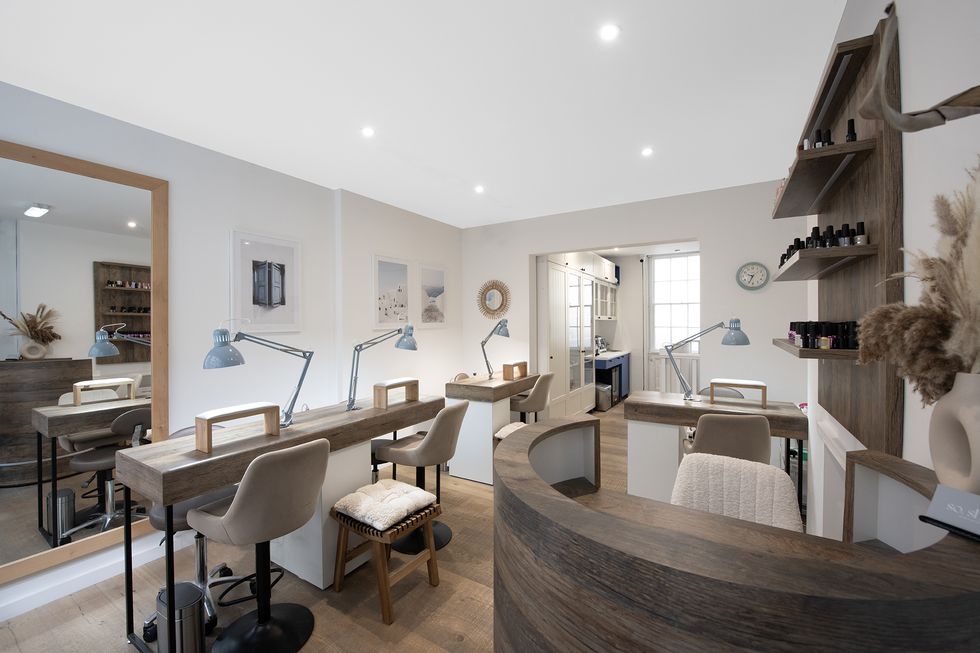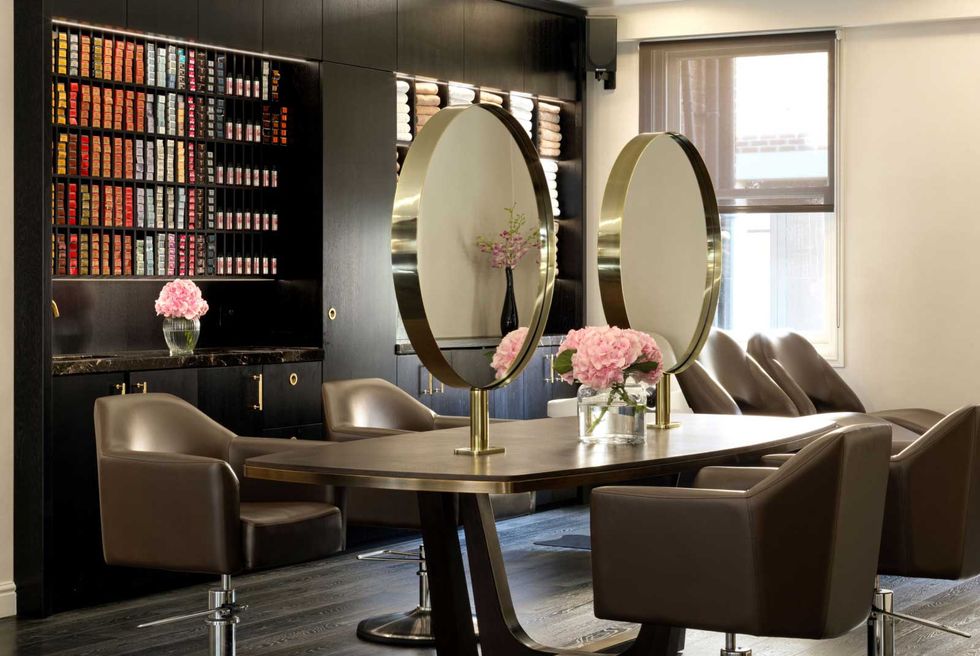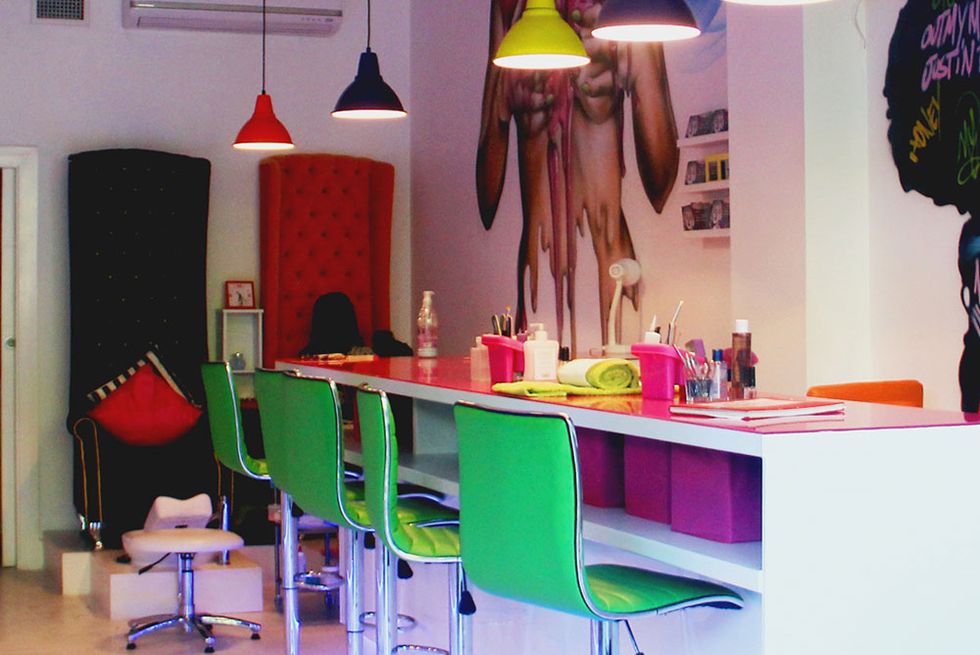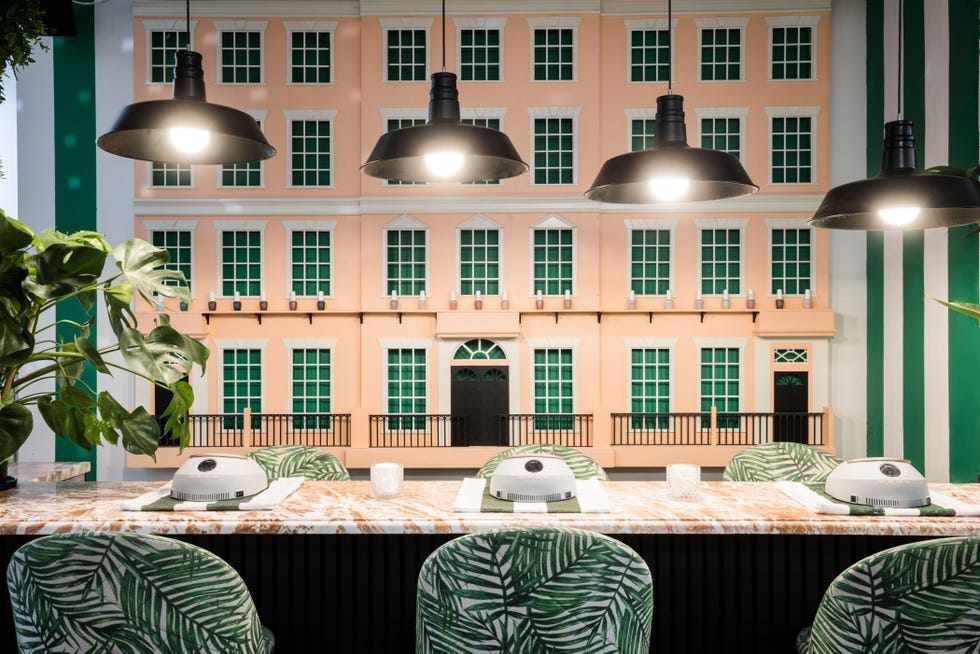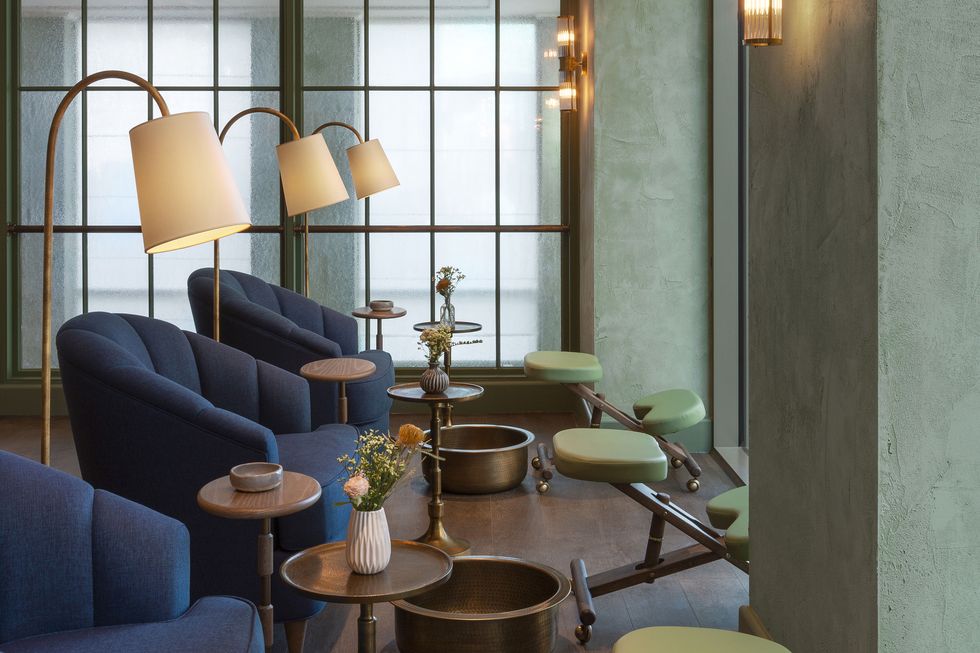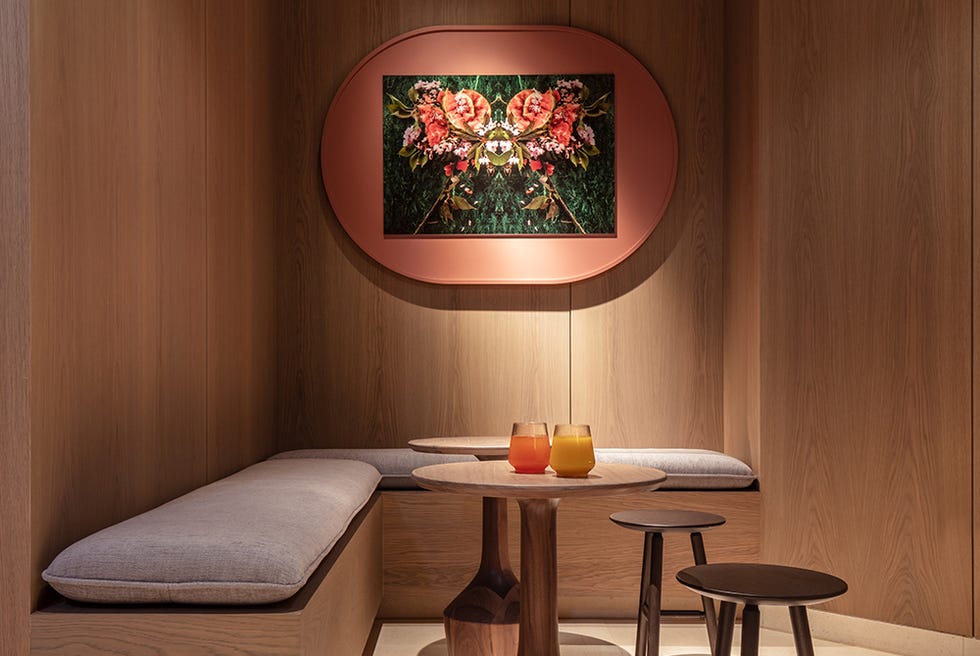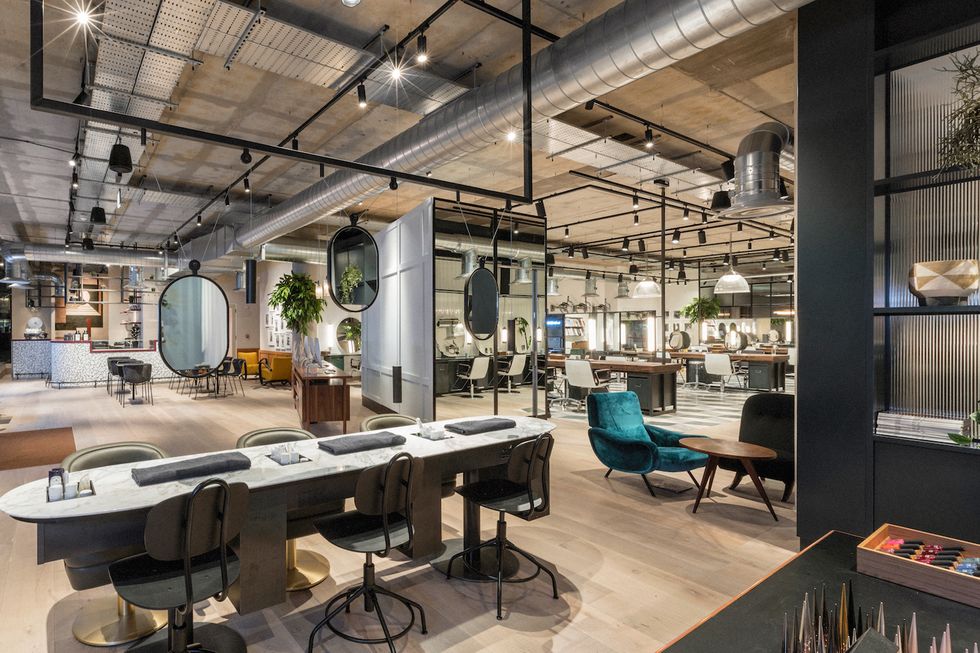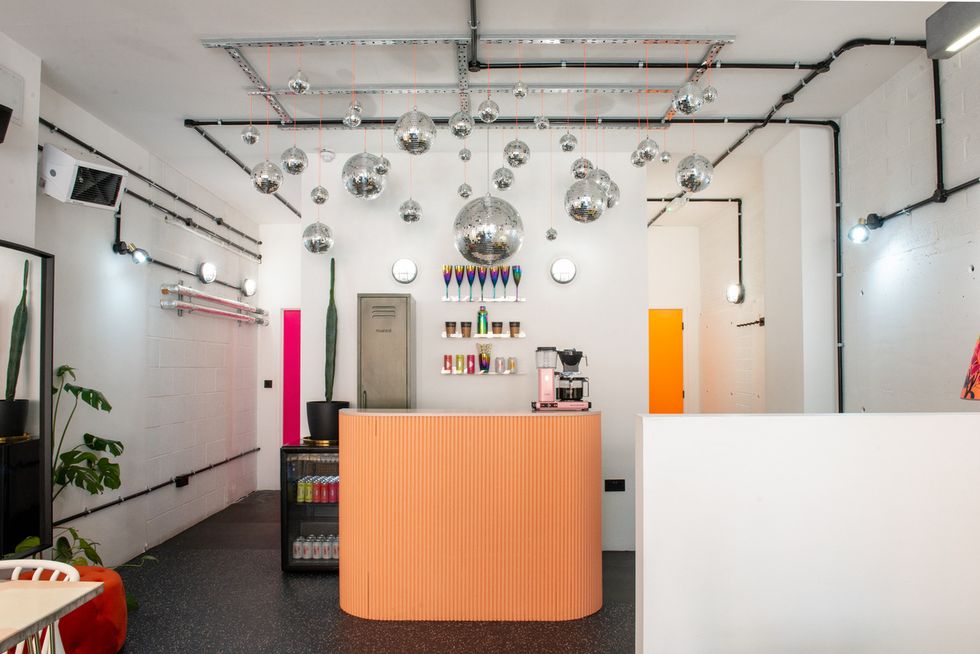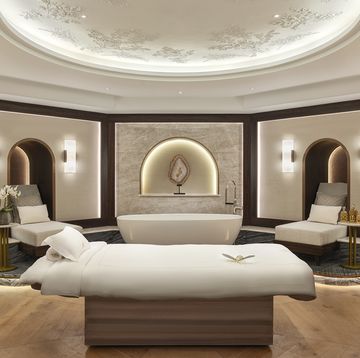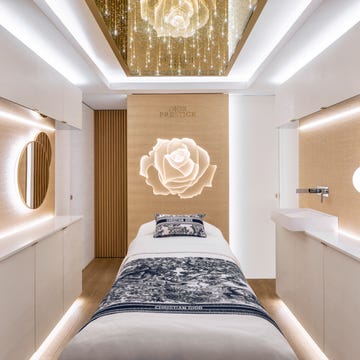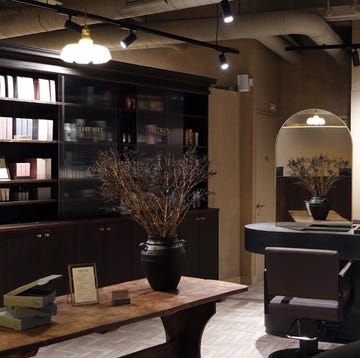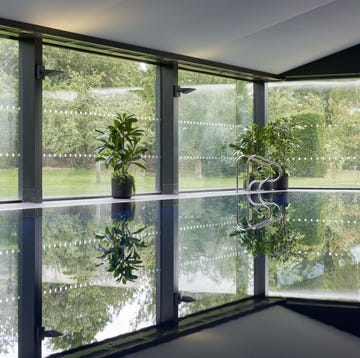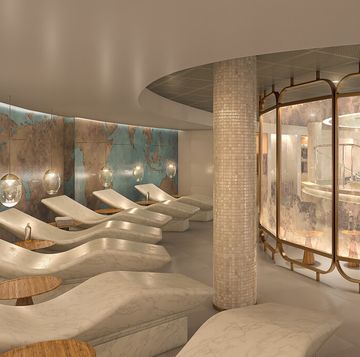We earn a commission for products purchased through some links in this article.
The best manicures in London: salons, spas and nail bars to book now
See the Bazaar directory of the capital's must-visit spots for chic manicures
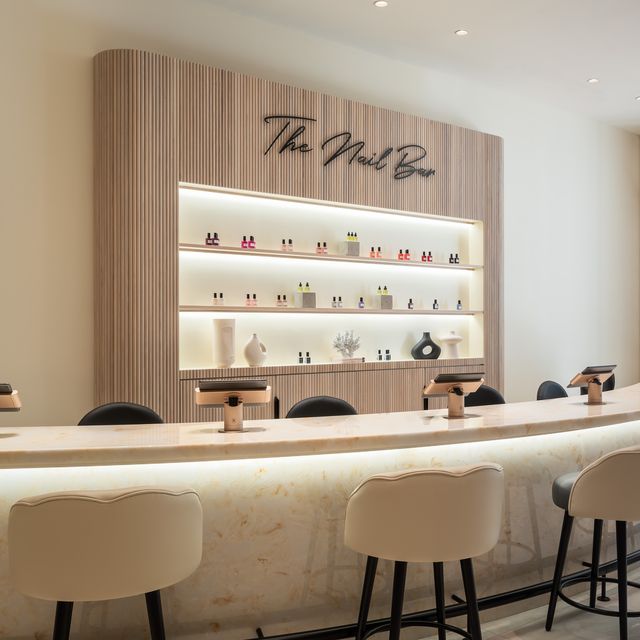
To appreciate a fabulous professional blow-dry, or the results of a radiance-enhancing facial you have to look in the mirror; yet to reap the uplifting benefits of a manicure you simply have to glance down at your hands (something we do increasingly, thanks to our myriad devices).
But before you book in for a mood-lifting manicure from the pros, it pays to understand the different services available, given the number of options now at our fingertips. Here, celebrity manicurist and nail authority Emily Rose Lansley explains the various types to manicures to try now.
The different types of manicures
Basic manicures
Here “you can expect file shaping, some cuticle work, a nail paint with regular polish and moisturising cream application,” Lansley explains. “It should last five-to-seven days and is most suitable for those who like a natural finish.” A regular polish manicure is a good option for anyone who suffers with breakages or has weak nails, she explains.
Gel manicures
This refers to the addition of precision painting with a gel nail polish. “Gel formulas are set under an LED light,” Lansley explains, “and once they’re set and locked in with the topcoat, the colour won’t budge, and the result is vivid colour with a glassy finish”. You can expect well applied gel colour to last up to two weeks, she adds. “Gel is suitable for those with healthy, strong nails and not those who are prone to breakages.”
Shellac manicures
“A Shellac manicure is a hybrid gel varnish set under an LED lamp. It’s not as hard wearing as a gel as it is a thinner and more flexible formula and won’t last as long.” This is a good option for those limited on time, she says, as hybrid gels such as Shellac, OPI and Gellish “are quicker and you don’t have to wait for the polish to dry”.
Bio Sculpture manicures
“Bio Sculpture is a hard gel manicure, set with the LED lamp. It’s a slightly thicker formula and will last longer than any other hybrid gel formula.” Lansley adds that this is a good option for those with any nail breakages, “as with Bio Sculpture, silk wraps can be applied underneath the polish”.
Acrylic manicures
“This takes the form of a liquid paste that is painted onto the nail using a brush,” she explains. “It’s a very rigid formula that is used to extend the natural nail bed (making it suitable for those wanting to achieve longer nails).” It’s a very hard-wearing manicure, but this can damage and weaken the natural nail. “For long-term wear, gel application is a healthier option over acrylic or gel extensions,” Lansley attests.
Dip powder manicure
Offering a natural look and finish to acrylic nails, “with a dip powder manicure, a base coat is applied before the nails are dipped into a finely milled dipping powder (in the colour of your choice) which dries into a hard coating providing strength that is much more lightweight in comparison”. No LED light is needed to cure this; “the topcoat is applied to seal the colour”. The effects of a dipping powder won’t chip as easily as hybrid gels like Shellac, she adds, but be sure never to pick powders off; “it may take your own nail with it!”.
Builder gel manicure
A newer addition to the manicure portfolio, builder gel –such as BIAB by The GelBottle Inc – can be used as a nail extension product as well as a nail hardener. “With this product, you can wear it alone to provide nails with added strength (it comes in the form of a natural pinkish transparent shade), or you can add a gel colour on top,” Lansley explains. “Less damaging than acrylics, builder gel is trending in the manicure space for its versatility.”
So, whether you are in need of a quick fix or want something a little more indulgent, here is Bazaar's list of the best London salons, spas and nail bars to visit for all kinds of meticulous manicures.
The best manicure hotspots in London:
